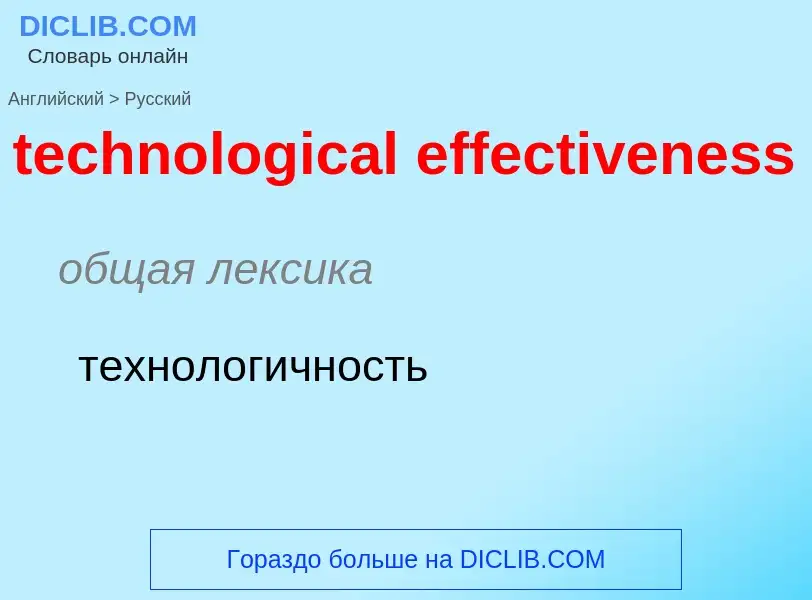Translation and analysis of words by ChatGPT artificial intelligence
On this page you can get a detailed analysis of a word or phrase, produced by the best artificial intelligence technology to date:
- how the word is used
- frequency of use
- it is used more often in oral or written speech
- word translation options
- usage examples (several phrases with translation)
- etymology
technological effectiveness - translation to russian
общая лексика
технологичность
нефтегазовая промышленность
эксплуатационная эффективность
Definition
Wikipedia
Cost-effectiveness analysis (CEA) is a form of economic analysis that compares the relative costs and outcomes (effects) of different courses of action. Cost-effectiveness analysis is distinct from cost–benefit analysis, which assigns a monetary value to the measure of effect. Cost-effectiveness analysis is often used in the field of health services, where it may be inappropriate to monetize health effect. Typically the CEA is expressed in terms of a ratio where the denominator is a gain in health from a measure (years of life, premature births averted, sight-years gained) and the numerator is the cost associated with the health gain. The most commonly used outcome measure is quality-adjusted life years (QALY).
Cost–utility analysis is similar to cost-effectiveness analysis. Cost-effectiveness analyses are often visualized on a plane consisting of four quadrants, the cost represented on one axis and the effectiveness on the other axis. Cost-effectiveness analysis focuses on maximising the average level of an outcome, distributional cost-effectiveness analysis extends the core methods of CEA to incorporate concerns for the distribution of outcomes as well as their average level and make trade-offs between equity and efficiency, these more sophisticated methods are of particular interest when analysing interventions to tackle health inequality.


